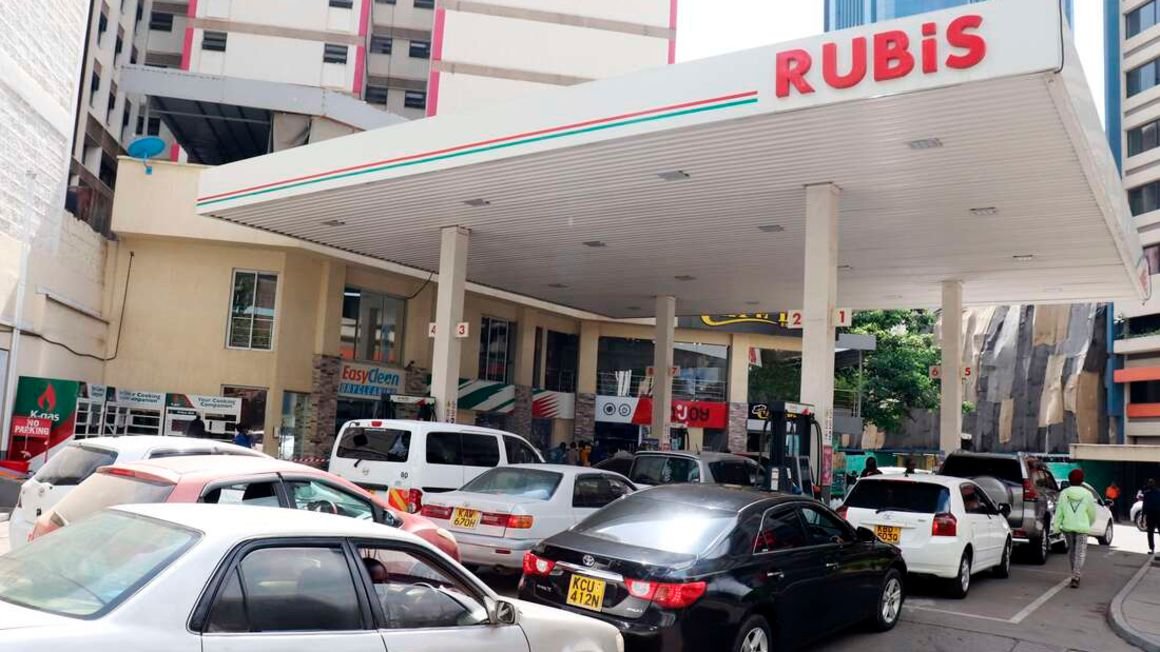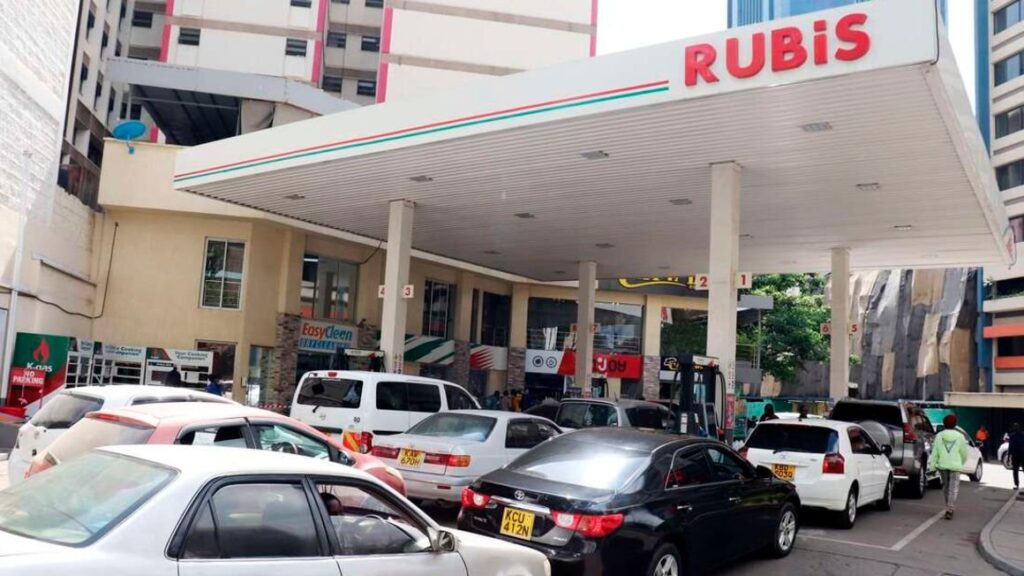
Where energy meets data: Resolving energy scarcity in Kenya

The long queues for fuel are back in Kenya, even after the government released KES 8.2 billion of the KES 13 Billion owed in subsidies to Kenyan oil marketers. (Oil marketers dispute this and claim back payments of over KES 20 Billion). The latest reports claim that marketers are uncertain which stocks the subsidy will apply to given that the next fuel monthly prices will take effect on April 15, 2022. As such, they are reluctant to release stocks that were shipped with higher earlier prices, as they stand to make losses. The government’s response, if reports are to be believed, was to deport the CEO of Rubis East Africa, Jean-Christian Bergeron, the third largest marketer controlling about 9% of the market, for allegedly hoarding fuel supplies, and engineering an artificial fuel shortage in Kenya. None of this addresses the root cause of our problems. For as long as we import oil, a finite resource, we are subject to the whims of global oil exporters who dictate these prices. There is only so much that the government can do to reduce oil prices locally, when drastic price hikes are driven by external forces. The unfortunate consequence is that most commodity prices will rise in light of this scarcity, putting more economic pressure on Kenyans.
If we cannot deal with oil however, can we deal with electricity? Kenya derives about 70% of its grid electricity from renewable energy sources –hydroelectricity, geothermal, wind and solar. 75% of its population has access to electricity, however it’s expensive. Kenya’s electricity cost is the 4th highest in Africa at about KES 26.00 per kilowatt hour for households, and KES 20.00 for industry compared to a global average of KES 15.00. This is despite massive potential renewable sources- Kenya has harnessed only about 30% of its hydropower sources, approximately 7% of the potential geothermal resources and much smaller proportions of proven wind and solar power potentials.
The Finance Act, 2021 which from January 1, 2022 recognized mini-grid producers as manufacturers to enable them to deduct 50% of building and machinery expense in calculating corporation taxes, is a huge boost to the mini grid electrification industry in Kenya. This is because according to the Kenya National Electrification Strategy 2018, out of the 10.8 million households to be electrified, 9.7 are within the 15km of existing grid network while 1.1 million are 15km or further from the main grid and may be best served by off-grid energy.
Electricity access should not just be for lighting homes -it should be a key driver to having an efficient rapid (public) transport system, for cooking, for farming, and for attracting more investors to set up industry. Majority in the country still use firewood, charcoal and kerosene which are polluting and lead to deaths from air pollution not because they want to, but because there aren’t cheaper alternatives.
We now know that divestment will take a while as globally, governments squabble to agree on a universal carbon tax, which is arguably a more efficient way of obstructing fossil fuel investment. But we cannot wait in Kenya- not in the households, not small businesses, industry or indeed farmers as severe drought and climatic shocks affect cultivation and yields. This energy transition must happen intelligently to ensure electricity prices remain low in Kenya. A number of companies (VIDA, AtlasAI and Fraym) are using data intelligence and Artificial Intelligence (AI) to accelerate electrification through algorithms to identify energy demand, identify appropriate locations for off-grid energy solutions or grid expansion and avail this data to investors to assess risks and even predict revenue.
Data and AI may be a solution to increase electrification, but this needs to be coupled with government support, enabling law and more tax breaks and subsidies to serve electricity, a resource that is actually within our control, as opposed to oil, to reduce the economic burden on Kenyans and propel Kenya to be a middle income country by 2030.
If you wish to learn more about energy data, AI and electricity in Kenya, please reach out to me at halima@hawahussein.com
Photo credit: NationMediaGroup/Dennis Onsongo, 2022 https://www.theeastafrican.co.ke/tea/business/fuel-crisis-in-kenya-worsens-ahead-of-price-changes-3780512
#electricity #electricityprices #electricitytaxes#electricitysubsidies #financeact #renewableenergy #artificialintelligence #energydata #businessinAfrica #kenya
The long queues for fuel are back in Kenya, even after the government released KES 8.2 billion of the KES 13 Billion owed in subsidies to Kenyan oil marketers. (Oil marketers dispute this and claim back payments of over KES 20 Billion). The latest reports claim that marketers are uncertain which stocks the subsidy will…